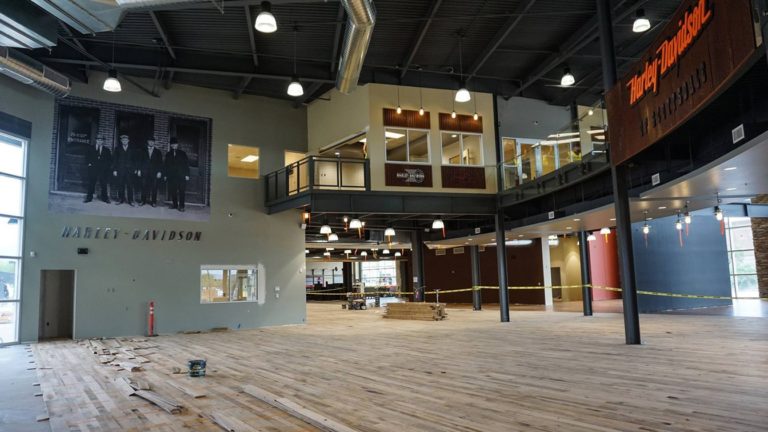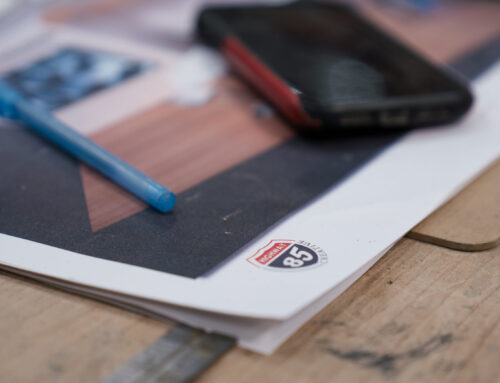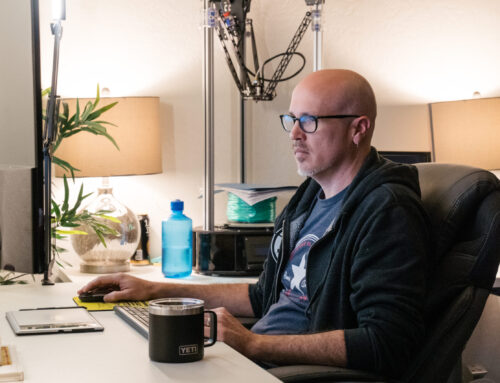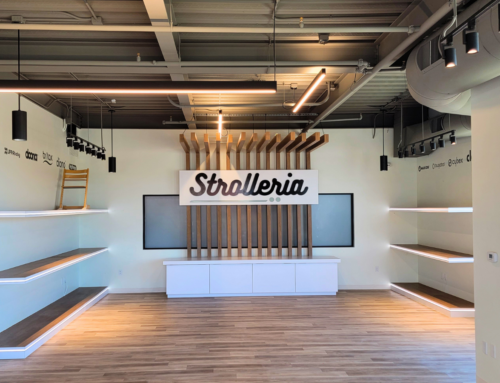Your office interior design can go a long way toward motivating your employees, increasing their productivity, and even inspiring greater creativity. Of course, if all you have is a bare bones facility with little more than workstations for your people, the opposite is also true.
Discrete areas designed for collaboration, concentration, and even fun create a flexible working environment, one that supports the many aspects of the work you do, as well as the people who do it. By giving your employees a quiet area to concentrate on difficult tasks, or a dedicated spot for collaborating with teammates, you promote greater creativity and, in the process, improve productivity and create happier employees.
Try Opening Up
A workplace interior that uses open plan workstations and breakout pods helps promote collaboration, innovation, and teamwork. This type of design is ideal for industries that thrive on people bouncing ideas off one another. Downsides include a lack of privacy and distractions. To make it work, you need to also create private areas where employees can exchange sensitive information or escape the noise and distractions often found in an open design.
If you want the best of both worlds, you may be able to combine a traditional working environment with an open plan by surrounding the open space with cubicles or offices and allowing employees to travel freely between the two areas.
Noise Control
Noise is a common issue in the workplace, but employees react differently to its presence (or lack thereof). Some employees find noise stimulating and silence distracting, while others need near-silence to be productive. It may also depend on the type of work performed. Some creative workers love the stimulation of music, while others, such as writers, find it distracting (coming up with your own words while listening to the words of others can be a challenge).
Commercial interior designers use three main strategies, the ABCs of noise control:
- Absorption: Includes acoustical ceiling tiles, fabrics, and carpet
- Blocking: Includes your furniture system, partitions, panels, screens, and walls
- Covering: Masking sounds
In addition to following the ABCs, you should arrange workstations so that people doing similar jobs, or those with similar noise preferences, work near each other. You can also create discrete areas of noise and quiet to allow collaboration to occur without disturbing the concentration of other workers.
Of course, many employees create their own noise utopia with the application of earbuds or noise-cancelling headphones. That doesn’t mean your office design doesn’t also play a role. At a minimum, you should offer a quiet room with a door, a place where employees can escape the noise of the work floor to concentrate on detailed or complicated tasks.
Put Color to Work for You
Color theory is nothing new but you may not realize how it affects employee performance. When you design an area for a particular purpose, using the proper color palette helps support that intention.
For example, when creating a space for collaboration, include bright colors in your design, particularly reds. These shades inspire feelings of increased focus and energy. For creative spaces, try purple shades. If you include quiet work areas where employees can concentrate on complicated tasks, use shades of blue, which calms emotions as well as the mind to promote clear cognitive processes.
You should vary color choices throughout the workspace. In individual work areas, blues and greens inspire feelings of calm, while yellow is great for improving alertness and thought processes. Build enthusiasm and energy with orange shades, and create a soothing environment with warm earth tones.
Use natural lighting wherever possible, and lighter shades to help reflect that light.
How to Light Your Workplace
Proper lighting also helps motivate employees and increase productivity. Ideally, you want lighting that reduces glare on computer screens to save eye fatigue. Also, implement controls that help you manage brightness levels. You should also install task lighting at workstations, preferably adjustable.
Harsh, clinical lighting leads to eye strain and saps energy. Natural lighting, on the other hand, increases energy, improves concentration, and even boosts your employees’ health and improves their sleep. Take advantage of your building’s windows to fill the space with plenty of natural light, but fit windows with blinds so that you can control the level of light coming through when necessary.
Implement Ergonomics
An easy way to think of the ergonomics of a space is to consider the people using that space. In other words, design your office interior for the people working in it. Why? Because, proper ergonomics boosts productivity by reducing risk of injury and the strain that leads to fatigue. You can meet these goals in fairly simple ways. For example, adjustable furniture, including sit-to-stand desks, chairs, keyboard trays, and task lights allows your employees to adjust their workstation in a way that best suits their needs.
Creating Your Ideal Office Interior
When you work with a commercial interior designer like Highway 85, you get more than a stunning interior designed to close deals and increase sales. You also have a graphic design team on your side that understands how to use color and space effectively to get the most out of your employees. Are you ready to learn more? Call Highway 85 Creative’s design team today!




